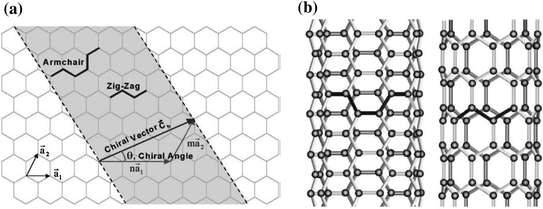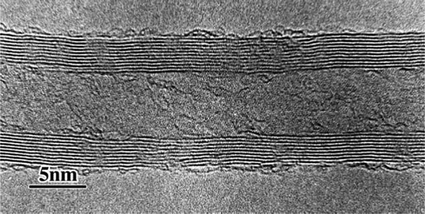1. Structures and Properties of Carbon Nanomaterials
Abstract
Carbon-based materials ranging from activated carbons, carbon nanotubes (CNTs) to graphene have attracted tremendous attention because of their diversified nanostructures, excellent physical and chemical properties. These properties include variety of forms (powders, fibers, aerogels, composites, sheets, monoliths, tubes, etc.), relatively inert electrochemistry, ease of processability, and controllable porosity. Graphene and CNTs, both comprised of sp2 hybridized carbon atoms, possess unique electrical, mechanical, thermal, catalytic, and electrochemical properties, which have dominated the entire field of material sciences. Graphene, with a two-dimensional layered structure, is the thinnest known material in the universe to date. When infinite graphene crystals become finite and boundaries appear, forming non-three coordinated atoms at the edges, one-dimensional graphene nanoribbons (GNRs) are born and exhibit different properties from that of graphene. GNRs can open a band gap in graphene due to the electron confinement and the presence of edge states, making them attractive as building blocks for basic electronic devices such as transparent electrodes, field effect transistors, and nanoelectromechanical switches.
Carbon is a unique, fascinating and very versatile element which is capable of forming different architectures at nanoscale, possessing different physical and chemical properties. Over the past 30 years, new members of the carbon nanostructure family arose, and more are coming. The discovery of C60 Buckminsterfullerene, a beautiful cage-like carbon molecule of 7 in diameter, stimulated the creativity and imagination of scientists and paved the way to a whole new chemistry and physics of nanocarbons []. The unique properties of this 2D atomic crystal have greatly stimulated an extensive study of graphene. New carbon structures with sp2 hybridization, such as bilayer and few-layer graphene, graphene, and graphitic nanoribbons have subsequently emerged, each with novel and unique properties.
1.1 Carbon Nanotubes
Carbon nanotubes are seamless cylinders of one or more layers of graphene (denoted SWCNT, or MWCNT), with open or closed ends. Typically, diameters of SWCNTs and MWCNTs are 0.82 nm and 520 nm, respectively, although diameters of MWCNT can exceed 100 nm. CNTs exhibit low mass density, high flexibility, and large aspect ratio (typically ca. 3001000), resulting in excellent mechanical, thermal, and electrical properties [].
1.1.1 Atomic Structure and Morphology of Carbon Nanotubes
CNTs can be regarded as a sheet of graphene that has been rolled into a tube. Graphene is a 2D sheet of carbon atoms arranged in a hexagonal packed structure, in which each carbon atom has three nearest neighbors. The 2D sheet of graphene can be rolled into cylinders, which form carbon nanotubes. The properties of CNTs depend on atomic arrangement (how the sheets of graphite are rolled), the diameter and length of the tubes, and the morphology, or nanostructure.
The atomic structure of CNTs is described in terms of the tube chirality, or helicity, which is defined by the chiral vector,

, and the chiral angle, . Through cutting the graphite sheet along the dotted lines and rolling into the tube, the tip of the chiral vector touches its tail. The chiral vector, often known as the roll-up vector, can be described by the following equation:
where the integers ( n , m ) are the number of steps along the zigzag carbon bonds of the hexagonal lattice, and

and

are unit vectors, shown in Fig. ].
Fig. 1.1
a Schematic diagram showing how a hexagonal sheet of graphite is rolled to form a carbon nanotube. b Illustrations of the atomic structure of an armchair ( left ) and a zigzag ( right ) nanotube. Reprinted with the permission from Ref. []. Copyright 2001 Elsevier
A defect, the heptagon, would appear in the nanotube structure, introduced by the StoneWales transformation. Heptagons lead to concave areas within the nanotube, which can result in many possible equilibrium shapes. Indeed, most nanotubes are not straight cylinders with hemispherical caps. In addition to different tube morphologies resulting from defects, CNTs can be single-walled or multiwalled structures. Figure ].
Fig. 1.2
TEM micrograph showing the layered structure of a multiwalled carbon nanotube. Reprinted with the permission from Ref. []. Copyright 2001 Elsevier
1.1.2 Synthesis and Processing of Carbon Nanotubes
Chemical vapor deposition (CVD) is the primary method for large-scale production of CNTs, which is typically performed in fluidized bed reactors that enable uniform gas diffusion and heat transfer to metal catalyst nanoparticles []. Although many CNT powders and suspensions are commercially available, the production of stable CNT suspensions requires chemical modification of the CNT surface or addition of surfactants.
Alternatively, synthesis of long, aligned CNTs that can be processed without the need for dispersion in a liquid offers promise for cost-effective realization of compelling bulk properties. These methods include self-aligned growth of horizontal and vertical CNTs on substrates coated with catalyst particles and production of CNT sheets and yarns directly from floating-catalyst CVD systems. CNT forests can be manipulated into dense solids, aligned thin films, and intricate 3D microarchitectures and can be directly spun or drawn into long yarns and sheets [].
1.2 Graphene Nanosheets
Graphene is a 2D one-atom-thick layer of carbon atoms arranged in hexagonal array [].
Graphene has been viewed as a building block of all the other graphitic carbon allotropes with different dimensionalities, as shown in Fig. ]. For instance, 3D graphite is made of graphene nanosheets stacked on top of each other with a spacing of 0.330.34 nm. The one-dimensional (1D) carbon allotropes, CNTs including SWCNTs and MWCNTs can be made by rolling graphene into single- or multiwalled tubular nanostructures. Also, wrapping a piece of graphene into ball-like structure results in zero-dimensional (0D) fullerenes.

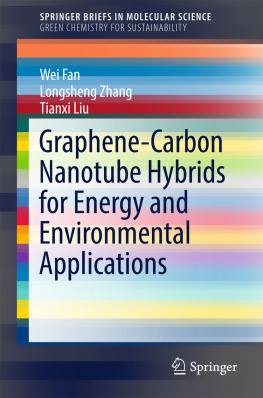


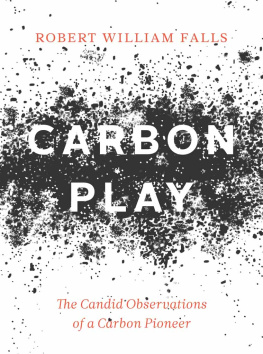
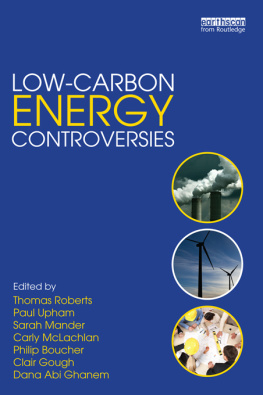

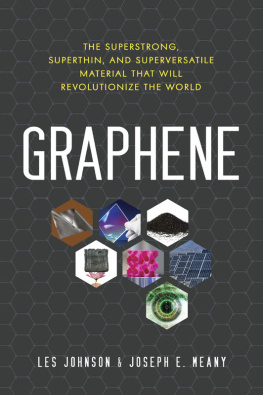
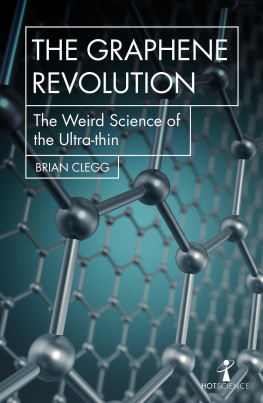
 , and the chiral angle, . Through cutting the graphite sheet along the dotted lines and rolling into the tube, the tip of the chiral vector touches its tail. The chiral vector, often known as the roll-up vector, can be described by the following equation:
, and the chiral angle, . Through cutting the graphite sheet along the dotted lines and rolling into the tube, the tip of the chiral vector touches its tail. The chiral vector, often known as the roll-up vector, can be described by the following equation: 
 and
and  are unit vectors, shown in Fig. ].
are unit vectors, shown in Fig. ]. 